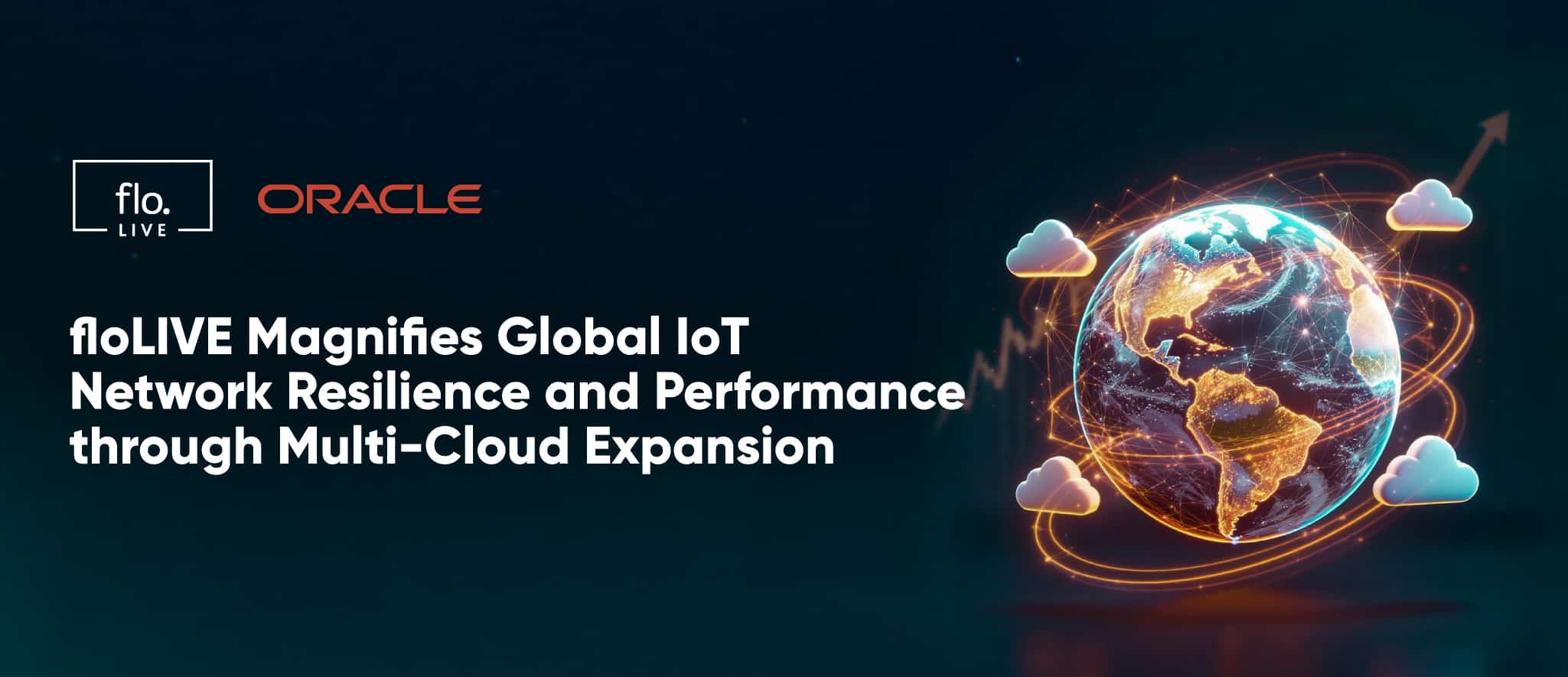Page Contents
Vehicle & IoT Telematics: What Do You Need to Know?

Page Contents
While iot enabled telematics used to be a niche feature, today the use of onboard vehicle communication systems is gaining an increasing amount of popularity, year on year. In fact – by 2030, stakeholders could be seeing the telematics industry worth $149.9 billion in revenues, at a CAGR of more than 16% until then.
One of the main reasons for the growth in telematics is the increased adoption of connected vehicles. IoT is making waves in the automotive space, increasing road safety, optimizing traffic management, logistics and mapping use cases, and even supporting future-focused initiatives such as smart cities and infrastructure. McKinsey Research estimates the industry will build upon itself as early adopters trigger growth, leading to a network effect leading to a critical mass of users, eventually reaching system-wide adoption and benefits. Let’s look at how IoT will be impacted across the lifecycle.
The Future of Telematics is IoT-driven
As an increasing number of users adopt connected vehicles, organizations will see a compound benefit to the use of telematics solutions. As a result, early adopters will be well-placed to take advantage of the later benefits.
Improving Road Safety
Let’s start by looking at the initial benefits for early adopters of telematics in automotive, most critically – road safety. Connected vehicles can use telematics systems to get real-time information on essential safety issues, such as inclement weather, in-road hazards, changing speed signals, or accidents on the road on which they are traveling. While drivers may have previously been alerted to issues on the road by traffic signals that could be difficult to decipher in times of poor visibility, or are static and remain out of date – telematics allows for messages to be sent to the driver directly, often through the in-car infotainment center. This could be something as simple as in-vehicle cameras that offer assistance with parking or blind spot management, or that monitor driver behavior for any signs of drowsiness on a long-transit, and even smart intelligence such as the closest charging point when an EV is running low on battery.
As data can flow in both directions, vehicles can send alerts automatically to support a free-flow of information, such as alerting emergency services to its location and status immediately in case of an impact or accident, or warning other users of an incident up ahead. OEMs, dealerships and manufacturers of all kinds can also benefit from the data gleaned from telematics systems and telematics services, offering opportunities for preventative maintenance, or even helping them to improve production of certain parts of a vehicle for better longevity or optimized design.
Traffic Optimization
As telematics adoption increases, the benefits broaden to traffic optimization itself. Integration with smart road sensors and traffic signals allows for better traffic management, and mapping and navigation businesses can start to draw from real-time traffic data to create an accurate view of what’s happening on the roads. Imagine a fleet of delivery trucks who can see at a glance which roads have the least congestion, or even – which roads will have the least congestion for a certain shipment. by adopting fleet telematics, fleet managers can adjust their driver’s routes in real-time with accurate intelligence, aggregated from multiple sources.
Let’s take a logistics and tracking use case for example – for cold chain management. From a single IoT dashboard, your stakeholders could see the temperature and humidity of your shipment, the traffic status and arrival time of your delivery, and an alternate route that would get you to a safe storage or drop-off point to remain compliant with regulatory requirements.
Opening Doors for Smart Cities
McKinsey predicts that once we’re seeing 80% adoption of telematics, stakeholders will see system-wide benefits where multiple streams of information can be aggregated for smarter decision making and business intelligence. Smart cities are a great example, where individuals, businesses and municipalities will reap the rewards of IoT and telematics systems. Consider city safety through smart street lights and CCTV systems, connected payment services so that pedestrians can pay for public transport, and back-end monitoring so that more buses or trains can be put into service in real-time, or according to predictive intelligence ahead of a peak in demand.
Smart infrastructure such as bridges and charging points can be created according to likely demand, with vehicles feeding information back into the system to improve algorithms and get more accuracy and control over future developments. Practically speaking, connected dashcams can also become thousands of eyes and ears into what’s happening on the roads and in the streets, while vehicle telematics can also monitor emissions to contribute to a greener and more sustainable transportation system as a whole.
For Vehicle Telematics to Thrive, You Need Full Visibility and Coverage
As your embedded telematics systems rely on cellular connectivity, and your devices are by nature always mobile, you need a smart solution that doesn’t lose signal as soon as your vehicle moves out of range. Gaps in your data make your analysis less accurate, and you can’t be left waiting for a device to come back online when you’re trying to make real-time decisions in the wild.
floLIVE offers a unique local IMSI solution for IoT connectivity, so that your devices can autonomously switch where necessary to one of multiple providers in the same country, ensuring you always have the best always-on connectivity for your IoT devices.
Want to learn more about how we can help drive your telematics use case? (no pun intended) Schedule a call.

Join Our Newsletter
Get the latest tips and insights in our monthly newsletter.








